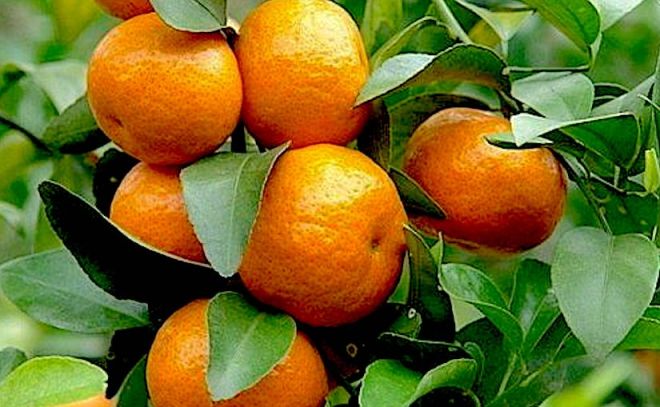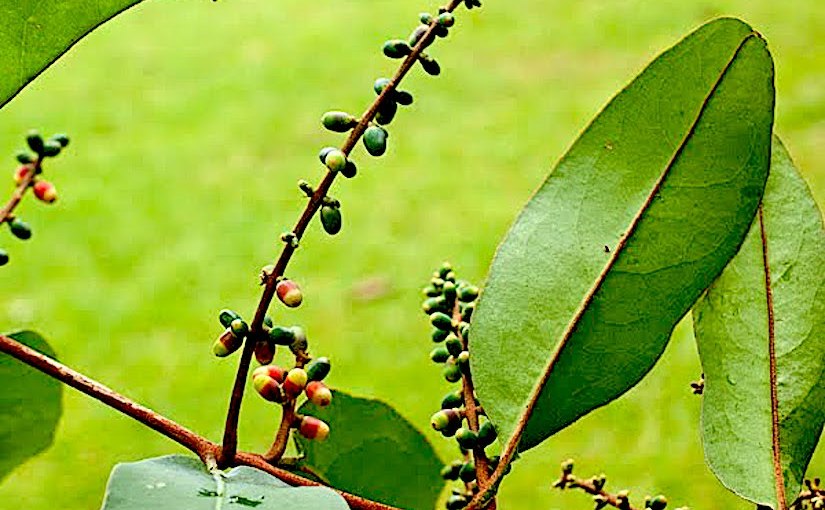Photo credit: Google
Phthirusa pyrifolia (Loranthaceae)
Differential response of stomata to air humidity in the parasitic mstletoe (Phthirusa pyrifolia) and its host, mandarine orange (Citrus reticulata)
by El-Sharkawy M. A. (1986)
Mabrouk A. El-Sharkawy
in Photosynthesis Research 9: 333-343 –
Author’s submission

Abstract:
Measurements of CO2 and H2O exchange rate and the calculated leaf conductance of attached leaves were conducted over a range of leaf-to-air vapour pressure difference (VPD) /1.5 to 5.5 kPa) to compare the response of the parasitic mstletoe, Phthirusa pyrifolia, with that of its host, the mandarin orange, Citrus reticulata.
Seedlings of the host infected with the parasite were grown in well-watered and adequately fertilized large pots outdoors at the CIAT headquarters, Palmira, Colombia, South America.
Observation of leaf anatomy of the parasite and nutrient analysis of young tissues of both the parasite and host were made. The photosynthetic rate of the host decreased linearly with increased VPD, whereas the parasite showed a constant rate. This trend coincided with similar responses in leaf conductance.
Due to the insensitivity of the parasite stomata, the transpiration rate increased linearly with VPD as compared with an initial increase and then a decrease in the host transpiration rate. The higher photosynthetic rate and the closure of stomata of the host resulted in high wáter use efficiency as compared with that of the parasite.
The parasite accumulated in its leaves more N, P, K and less Ca and Mg than the host. The significance of the host-parasite differential response to air humidity is discussed in relation to mechanism underlying stomatal sensitivity and in the context of host-parasite association.
